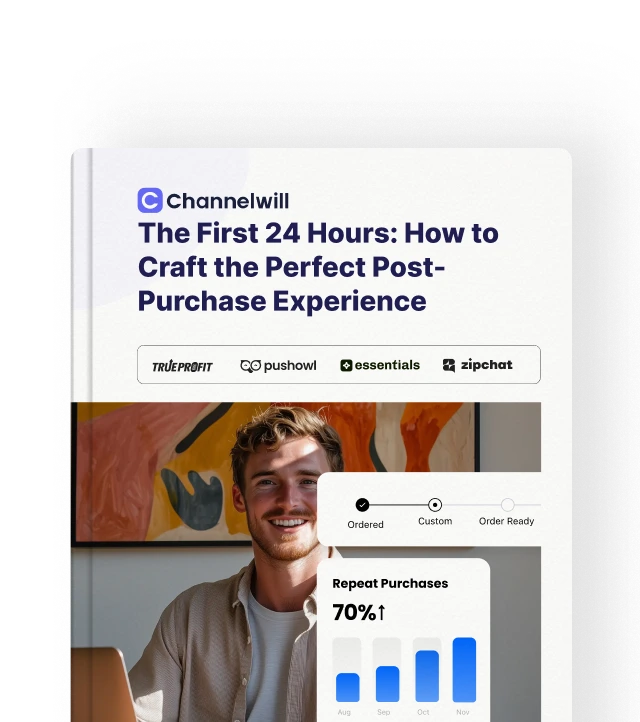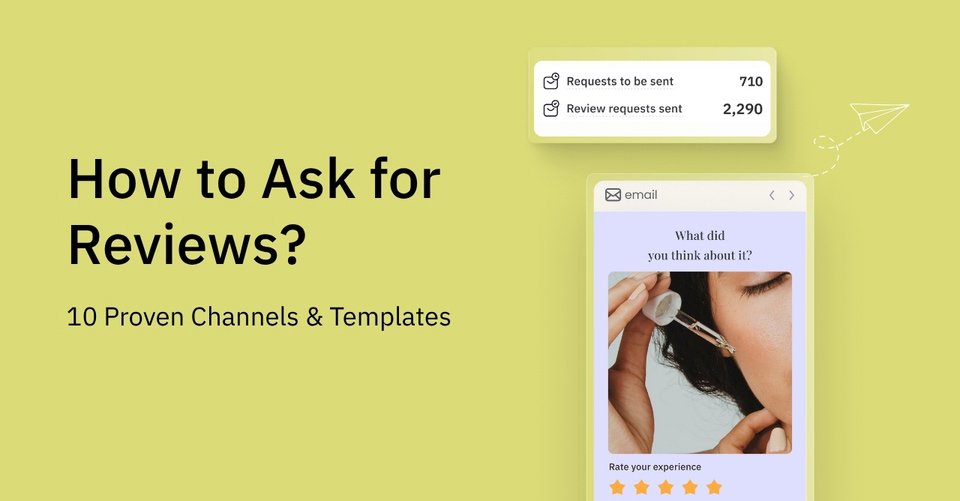Visual attraction is an element of work that ensures the success of your online store. The appeal of your store is what forces the customers to visit and stay. The emphasis on the logo size is essential for improving the extent of your Shopify store.
This helpful post walks you through optimizing your Shopify store logo image. Not only will we guide you step by step, but we will also tell you about a few other methods of resizing pictures. Now, it’s time to discuss how you can improve image optimization for your Shopify store logo. So, let us get right down to it and ensure your store looks fantastic!

What is the correct logo size for Shopify?
Shopify supports logo dimensions of up to 450 x 250 pixels, which is quite large. The middle ground would be about 200 x 200 pixels – an ideal size for a perfect logo. This
guarantees a steady loading time for your site. It is an essential factor in preserving high sales results.
Choosing 200 x 200 pixels as your logo size is optimal. It is big enough to be visible but still needs to improve the site speed and image quality—the more minor size results in diminished clarity for your audience. The larger one might cause slower loading. When done aptly, a logo size enhances the Site Experience. Thus promoting Shopify stores in its appearance.
Remember that Shopify’s logo size is essential to make your page appear professional. If your logo differs from your needs, apply the steps below to optimize it easily. Here, we will cover the following essential ways to optimize the logo size.
5 ways to optimize Shopify logo size
Use Simple Design
Maintaining a clean and straightforward Shopify logo is crucial for the best online presence. A good logo involves more than just a picture; it improves your store’s speed. Not only do you arrive at a beautifully subtle design, but the loading times are faster, too.
Some designers achieve this by selecting a more straightforward icon or stylized character. This simplicity also plays a significant role in positive and effective UX. Effective UX allows customers to enjoy an uninterrupted visit to your Shopify store.
Therefore, simplicity translates not just into design but also into improving the overall performance of your store.
Resize Images Before Upload
Make it a habit to resize the logo images strictly per your Shopify theme specifications. This method helps minimize unnecessary data, which leads to quick site loading.
Utilizing readily accessible internet tools such as Canva or Adobe Spark is incredibly beneficial in this task. These tools allow you to resize your logo according to the chosen theme.
By following this resizing way, you improve the performance of your site. Also, it ensures a sleek appearance that enhances user experience in Shopify stores.
Use Image Compression
Image compression is an essential part of providing a better web experience. Smaller file sizes contribute significantly to improving loading times. Thus making your Shopify store better in terms of speed.
Use reliable tools such as TinyPNG or SEOAnt Image Optimizer to resize images effortlessly and with good quality. These tools help keep your logo and images sharp, thus significantly speeding up the Shopify store.
By applying this squeeze, you not only make the user experience better, but You should also provide a visually attractive storefront to attract your online audience.
Use the Right File Format
The choice of the correct logo file format takes excellent importance. Regarding web consumption, PNG is the best option because it supports transparency, and there is no quality loss.
On the other hand, JPEG is suitable for images but may need to be revised when used on logos. To create a unified online brand, your logo’s format matching the brand’s essence and content becomes essential.
Select this particular format carefully as it determines compatibility. It also influences overall user impression, which significantly affects how coherently your branded Shopify store users perceive.
Implement Lazy Loading
Indeed, lazily loading your logo is a wise choice that boosts the user experience. This method ensures that your logo only loads when visible to the user. Consequently, it improves page load times, especially for pages with numerous images.
Shopify makes this implementation easier through third-party apps such as “Lazy Load by Pixboost. It significantly boosts your store’s performance and speed. This approach improves the user’s initial impression and ensures better navigation.
Plus, it enables smooth functioning that is conducive to interaction with happy endings.
5 best tools to optimize Shopify logo size
1. SEOAnt Image Optimize
All previous options require downloading images, uploading them to Shopify, and replacing older ones. These steps are rather time-consuming and complicated procedures.
Therefore, we strongly recommend SEOAnt, a full-package app for you. This app configures such photo operations as compression and changing automatically. You have to download and set the app in several facets in particular.
After that, each time you post an image to your online store, the tool will auto-compress it effortlessly.
2. Google Pagespeed
Google Page Speed is an elite tool for optimizing the size of your logo in Shopify. Use its pointing-out function when submitting photos to your Shopify store—large images slow page load time, which is a turn-off for visitors.
Google Pagespeed quickly detects the pictures that require resizing to give a chance for immediate optimization. This tool guarantees that your site has a smooth performance for the users, reducing possible slowness due to large image files.
Optimize your Shopify website with the power of Google Pagespeed to keep your logo speedy.
3. TinyPNG/Compress JPEG
Among online image compressors, TinyPNG and Compress JPEG stand out. These compressors become active when Google Pagespeed suggests downsizing.
Then, they decrease the logo image size by 50%-100% while not corrupting its quality. If one gets the “over 20 megabytes” error, they quickly optimize images to minimize hassles. These compressors align your logo files with this platform’s requirements.
Ensure effective image compression using TinyPNG and Compress JPEG. This will improve your web storefront’s performance visually. And its loading speed at the same time.
4. Shopify Image Resizer Tool
However, for larger logo sizes, explore Shopify’s image resizer tool. Easily resize and compress pictures within the Shopify store. Designed for Shopify users, this tool enables effortless bulk uploading of six images.
The image resizer tool eliminates unnecessary steps required when altering and reducing images. This tool, as a feature for a user-friendly interface and the ability to handle multiple uploads, becomes an indispensable tool for Shopify store owners because it allows for conducting photo administration efficiently and quickly.
5. Photoshop
It is possible to use Photoshop if you know how to apply the images and rectify their proportions. Scaling the photos in Photoshop does not have to be as complicated as one might think.
Additionally, incorporating Depositphotos stock vectors into your projects can provide high-quality graphics that are easily scalable in Photoshop, ensuring that your designs maintain their clarity and impact at any size.
To begin, open Photoshop.
Later, click the picture you need to image the pyramid, resize, and double-click.
After that, if we want to export a file, the File >> EXPORT>> Save for the Internet (Legacy))option can be chosen.
The image optimization model will pop up. And from therein, you can use its resize options for your required dimensions.
Last but not least, save the image.
Optimize store for faster speed and higher rankings
How to change the Shopify logo size for mobile only?
If you want to customize your logo size for mobile devices only, take the steps below.
1. First, log in to the Shopify admin, where you must click on the Online Store.
2. Select “Themes” from the drop-down menu and continue to get your theme personalized.
3. look for “Header” or “Logo” options among the customization options.
This is where you can change the logo size only for mobile preview.
When in mobile settings, adjust the logo size to your liking. Testing different sizes to achieve the best visibility levels would be beneficial. This personalization enables you to customize your logo for smaller screens. Thus, it creates a homogeneous and attractive user interface for all devices.
Remember to hit the save button and viola! Your Shopify logo is now mobile-friendly. While this is a simple change, it ensures your brand’s visual identity remains efficient. It negates whether customers are surfing on desktop or mobile.
Shopify logo size recommendations in 2025
Optimal Dimensions
In 2025, follow Shopify-supported ideal logo dimensions to ensure a high-quality design. Try to achieve a square design with a recommended size of 1200 x 1200 pixels. This Size ensures that your logo remains legible on most devices. Which in turn enhances brand consistency.
File Format
It would help if you opted for the PNG format in adopting Shopify logos in 2025. PNG enjoys transparency yet has the concept of keeping visual quality. This type of logo guarantees that it perfectly suits your store’s design and stands out to fit in the design.
Resolution and Quality
Ensure that your Shopify logo has a resolution of 300 DPI for an optimal quality output. The high definition assures sharpness and clarity, which adds more visual appeal.
The quality of resolution and an acceptable file size ensure speedy loading.
Responsive Design
Make a sensible design for your logos that fits all screens and orientations. Users can view the brand with a flexible logo on their chosen device. It gives them greater control over how it displays according to their needs.
Test Across Devices
Once you apply your logo, test its appearance on various devices and screen sizes. Ensure that it preserves its visual effectiveness. Plus, the readability offers a smooth flow to Shopify store visitors.
What’s Next?
To wrap it up, visual appeal still plays a crucial part in every e-commerce store. A pivotal aspect is optimizing the images before submitting them to Shopify. Google Pagespeed, TinyPNG, or SEOAnt allows hassle-free logo size optimization. These tools quickly ward off the sluggishness that results from huge images.
Make it simpler by using techniques such as compression and resizing. Working on image optimization ensures that your online store looks better. It contributes significantly to its appearance and functionality.
FAQ About Shopify Logo Size
You can set the maximum logo size in your Shopify Theme by going to either “Theme Settings” or changing the logo’s dimensions. The available customization features may hinge on your chosen theme. It allows you to adjust the logo size to suit your needs.
If you see a small Shopify logo, check the theme settings or the specified size of the logo. For an excellent display, change the logo’s dimensions in “Theme Settings.”
In terms of the image format, PNG is the most optimal option when it comes to Shopify. It enhances visibility and quality. Hence, it creates a pleasing, cohesive presentation on your online shop.
A possible reason for your Shopify logo looking blurry is its inappropriate file size. Make sure your logo meets the recommended dimensions and resolution guidelines for Shopify. This ensures a crisp and clean output. The result is an attractive general visual appeal of your online storefront.

Content Specialist
As an eCommerce content creator, I aim to share insights, trends, and strategies that may help you navigate the digital marketplace more effectively. My content is designed to provide practical value and inspiration, supporting your business growth and helping you stay informed about industry developments.





